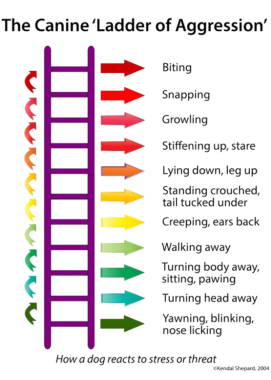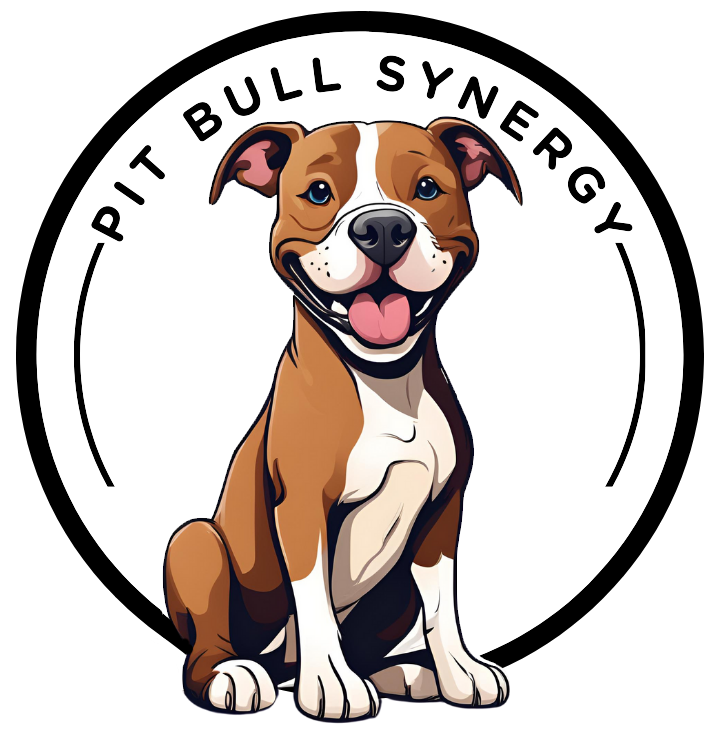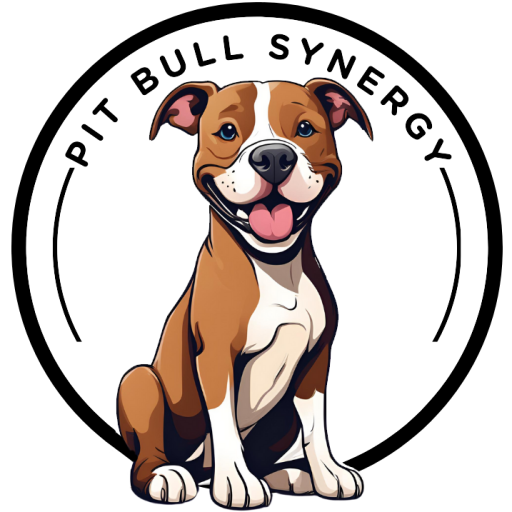menu
Behavioral Euthanasia
The Elephant in the Room
This controversial topic brings up strong emotional feelings and opinions. It is a heartbreaking decision for those surrounding the dog, owners, caretakers, or trainers to have to make. Those forced to make this decision should be shown compassion. No one "wants" to make this decision, often this is the kindest and safest thing they can do.
Use of behavioral euthanasia when the type of behavior a dog displays does not allow a dog to live safely, without fear, and without the potential to hurt others. Considered primarily for dogs displaying moderate to severe human aggression. Human-directed aggression affects human safety, insurance liability, and possibly criminal charges for owners.

Significantly aggressive dogs typically also suffer from fear and anxiety, which is what brings on the aggression. Micromanaged dogs can have a low quality of life because their worlds are inside a bubble, and they have few opportunities just to be a dog.
Reasons for Aggressive Behavior
- Neurological disorders
- Human aggression
- Resource guarding
- Separation anxiety
- Lack of socialization (during critical developmental periods)
- Genetics
- Little to no bite inhibition with aggressive tendencies
Working Though many of these is possible, but some dogs just can't overcome fear depending on the severity. They are just too damaged. The world is just too scary.

Levels of Aggression
It is not always a clear picture. The term "aggression" refers to a wide variety of behaviors that occur for various reasons in various circumstances.
Levels of Bites According to Ian Dunbar’s Scale of Bites |
|---|
Level 1. Obnoxious or aggressive behavior but no skin-contact by teeth. |
Level 2: teeth make contact but do not break the skin. |
Level 3. One to four punctures from a single bite with no puncture deeper than half the length of the dog’s canine teeth. Maybe lacerations in a single direction, caused by victim pulling hand away, owner pulling dog away, or gravity (little dog jumps, bites and drops to floor). |
Level 4. One to four punctures from a single bite with at least one puncture deeper than half the length of the dog’s canine teeth. May also have deep bruising around the wound (dog held on for N seconds and bore down) or lacerations in both directions (dog held on and shook its head from side to side). |
Level 5. Multiple-bite incident with at least two Level 4 bites or multiple-attack incident with at least one Level 4 bite in each. |
Level 6. Victim dead. |
Lack of Clear Signals
This risk factor is a big one; if you can't tell when a dog is uncomfortable and likely to bite, it becomes very difficult to work comfortably with them. Muzzle training is an absolute must for a dog who doesn't give good warning signals. This idea is a significant reason you never punish a dog for growling, snarling, barking, or providing other displays of aggressive intent. These are the communication signals that tell us the dog is uncomfortable, and the signs are extremely valuable. Often missed because they may come quickly, in multiples, and they may come so fast.
Dogs who do not give these signals are much more dangerous.
Dogs that do not display these signals are far more dangerous.
Factors to Consider When Making the Decision
If you're deciding whether to live with and treat your aggressive dog, there are several factors to consider because you, as the parent, are ultimately responsible for your dog's behavior. These factors involve the level of risk in living with your dog and the likelihood of changing the behavior:
Size of the Dog
Naturally, large-breed dogs can do much more serious damage than smaller dogs, even if their aggressive behavior is otherwise very similar. For
this reason, larger dogs are more often euthanized for aggression than smaller ones.
Age of the Dog
It is typically believed young dogs with an aggression problem are more malleable and easier treated with behavior modification and have more chance for a positive outcome than older dogs.
Bite History of the Dog
Dogs with a history of biting are both a known risk and an insurance liability.
Severity of Aggression
Dogs who stop their aggression at showing teeth, growling, or snapping are significantly safer to live and work with than dogs who bite. Likewise, dogs who have delivered minor bruises, scratches, and small punctures are less risky than dogs who have inflicted serious wounds.
Predictability of Aggression
Dogs at the highest risk of being euthanized for aggression are those who give little or no warning before they bite and who are inconsistently, unpredictably aggressive. To manage a dog with aggression issues, the dog must be predictable. You need to know their triggers, and you need to know how to manage them. If the dog’s triggers are not consistent or difficult to determine, it is challenging to manage. It’s easier to manage a dog who growls or bites 100% of the time in a certain situation (such as having a chew toy taken away) versus one who seems “fine” 90% of the time and bites unpredictably every once in a while.
Targets of Aggression
How often exposure to the targets of the aggression can affect how easy it is to manage and resolve the behavior. A dog aggressive to strangers is relatively easy to control if you live in a rural environment with a securely fenced yard.
Accomplishing the management of a dog aggressive to children only works if the pet parents do not have children and have no
friends or relatives with children.
Triggers to Aggression
Are the circumstances that prompt your dog to behave aggressively easy or impossible to avoid? If your dog only guards her food while eating,
the solution is straightforward: Keep away from her while she’s eating. If no one can safely enter the kitchen when your dog’s there because she
guards her empty food bowl in the cupboard, that’s another story.
Ease of motivating your dog
The final consideration is how easy it is to motivate your dog during retraining. The safest and most effective way to treat an aggression problem is to implement behavior modification under the guidance of a qualified professional. Modifying a dog’s behavior involves rewarding good behavior, so you’ll likely be more successful if your dog enjoys praise, treats, and toys.


